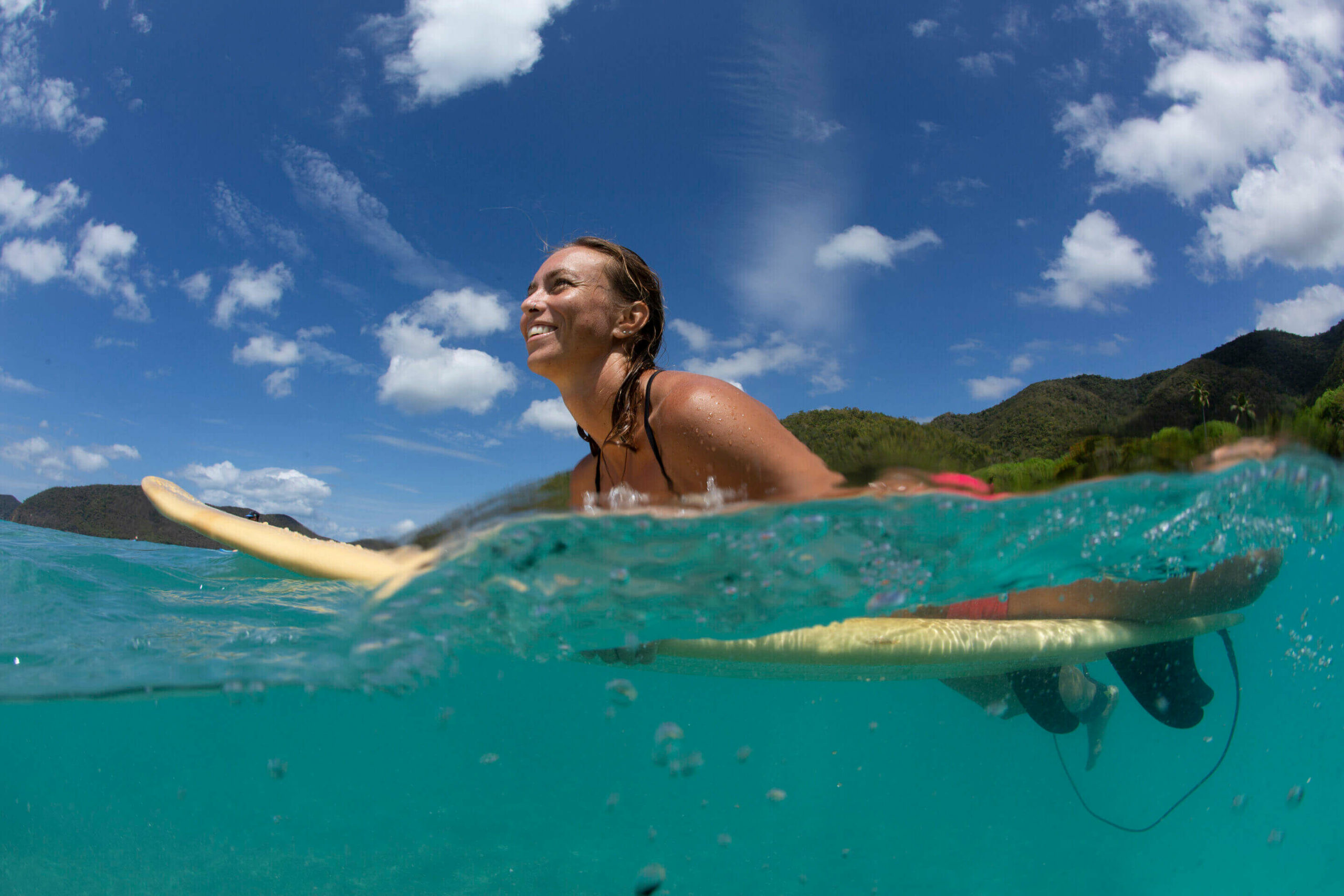


For information about the United States Virgin Islands, call 800-372-USVI (8784) and visit http://www.usvitourism.vi. As a United States Territory, the U.S. Virgin Islands does not require proof of citizenship from U.S. citizens arriving from Puerto Rico or the U.S. mainland. Entry requirements for non-U.S. citizens are the same as for entering the United States from any foreign destination. Upon departure, a passport is required for all but U.S. citizens.
Develop strategies that will make the Territory competitive and desirable as a tourism destination
Communicate and cooperate with all local tourist or tourist-related businesses to determine their needs and how best to promote the industry
Promote Virgin Islands culture as a part of the tourism experience
Promote an understanding of the importance of the tourism experience
Develop strategies for the U.S. Virgin Islands in all businesses and industries throughout the Territory
Identify and promote the unique features of St. Croix, St. John, St. Thomas, and Water Island in tourism advertising; and, develop long-term strategies to successfully develop the overall economy
The Tourism Revolving Fund was created by Act 5249 and established under Title 33, Section 3072 Virgin Islands Code. The Fund is administered by the Commissioner of Finance and consists of all sums appropriated from time to time by the Legislature, all gifts, contributions and bequests made, and 100% of all moneys received by the Government from the collection of Hotel Room Tax, which is 12.5% of the gross room rate or rental.
Monies disbursed from the Fund are used exclusively by the Department of Tourism for promoting the Territory as a tourist destination and for industrial promotion.






